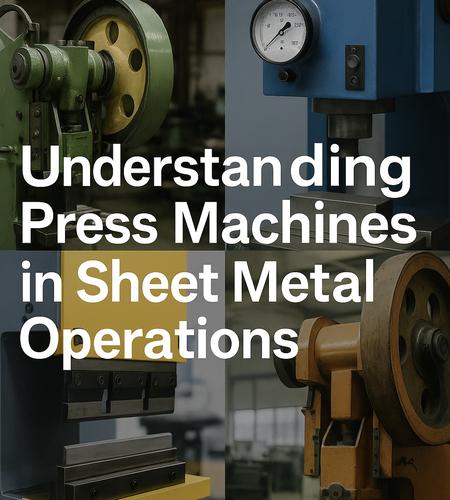Understanding Press Machines in Sheet Metal Operations
Press machines are at the heart of every sheet metal operation, providing the force and precision required to cut, bend, and form metal parts. Understanding the types of presses and their operational principles is essential for die designers, production engineers, and plant managers. This article explains the different categories of press machines used in the sheet metal industry, comparing their mechanisms, applications, and advantages.
Why Press Machines Matter
In sheet metal fabrication, the press machine is responsible for:
Delivering the force needed to shape or cut metal
Defining the production rate and precision
Determining the type of die and tooling required
Choosing the right press enhances productivity, reduces maintenance, and ensures consistent part quality.
Types of Press Machines
1. Manual and Friction Presses
Manual Handle Press:
Operated by physical effort
Ideal for light-duty tasks
Offers high control but is slow and operator-dependent
Friction Press:
Utilizes flywheels and friction for greater force
Suitable for forging and coining operations
Provides more uniform results than manual presses

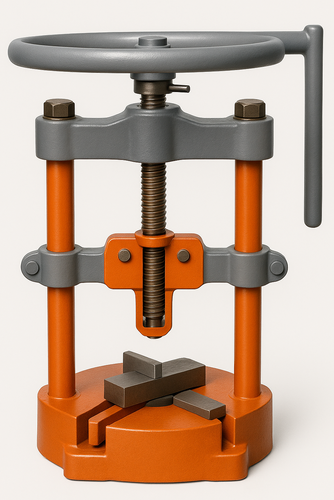
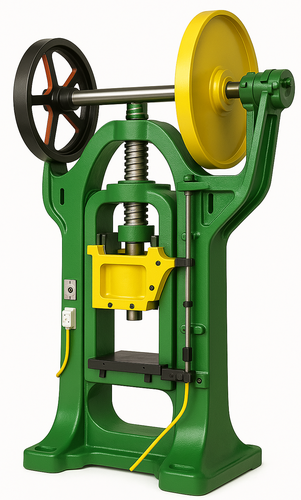
2. Hydraulic and Pneumatic Presses
Hydraulic Press:
Uses hydraulic fluid under pressure
Operates at 70–700 bar (for heavy-duty models)
Known for high force and consistent performance
Ideal for deep drawing and forming applications
Pneumatic Press:
Uses compressed air (typically 5.5–10 bar)
Faster and more energy-efficient
Suited for lighter tasks and medium production volumes
Force Calculation:
F = P . A
Where:
P: Pressure (bar),
A: Area of the cylinder (m^2)
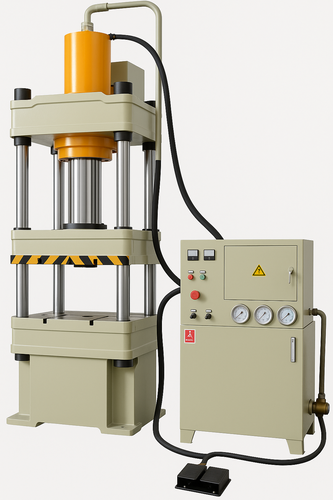
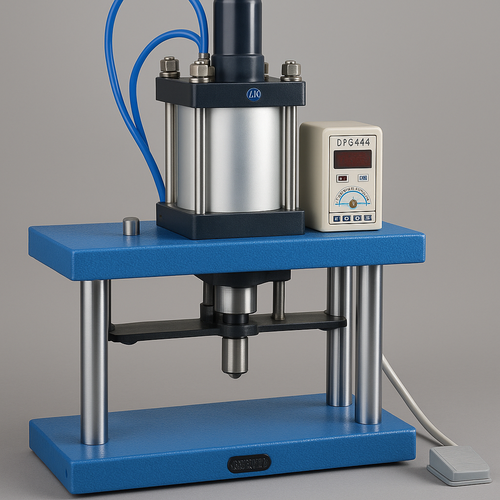
3. Eccentric Press
How It Works:
Converts rotary motor motion into linear ram motion via an eccentric shaft
Stroke length is determined by the shaft's eccentricity
Frame Types:
C-Frame Single Crank
H-Frame Single/Double Crank
Applications:
Punching, stamping, and shearing operations
High-speed, repetitive production tasks

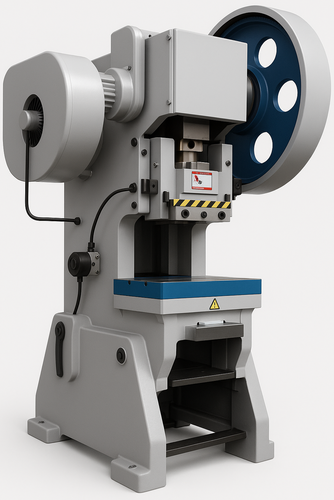
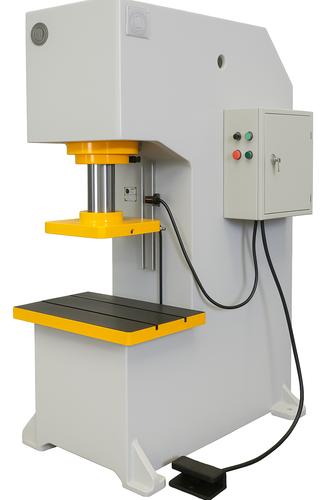
4. Press Brake
Function:
Designed to bend sheet metal by pressing it between a punch and die
Key Characteristics:
Uses hydraulic systems for controlled movement
Forms angular bends or complex profiles
Offers high precision in bending operations
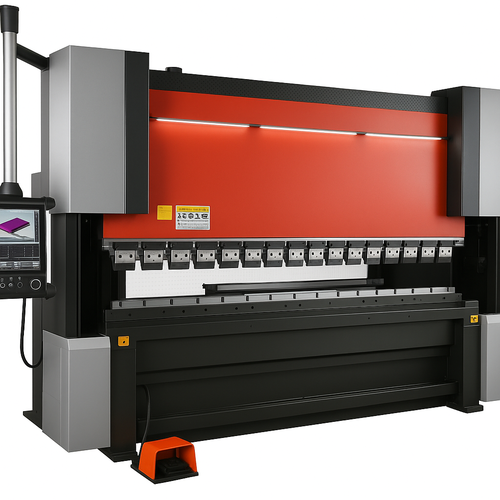
Selecting the Right Press Machine
Press Type | Best For | Force Range | Speed | Cost |
|---|---|---|---|---|
| Manual Press | Simple, low-volume tasks | Low | Very slow | Low |
| Friction Press | Forging, coining | Medium–High | Moderate | Medium |
| Hydraulic Press | Deep drawing, high force | High (up to 700 bar) | Slow–Medium | High |
| Pneumatic Press | Light forming, fast operation | Low–Medium | Fast | Medium |
| Eccentric Press | Punching, stamping | Medium–High | Very fast | Medium |
| Press Brake | Precision bending | Variable | Moderate | High |
Final Thoughts
Selecting the proper press machine is a crucial decision in die design and sheet metal manufacturing. It determines everything from tooling to energy consumption and production capacity. Understanding the fundamental differences between manual, hydraulic, pneumatic, eccentric, and press brake systems is essential for making the best choice for your operation.
